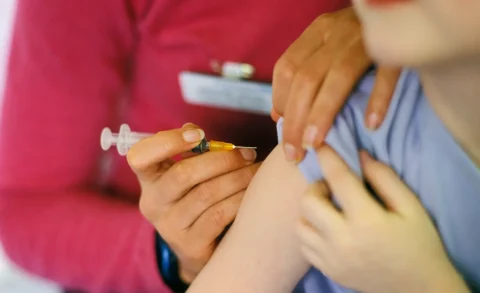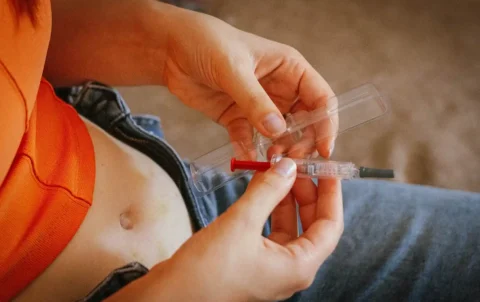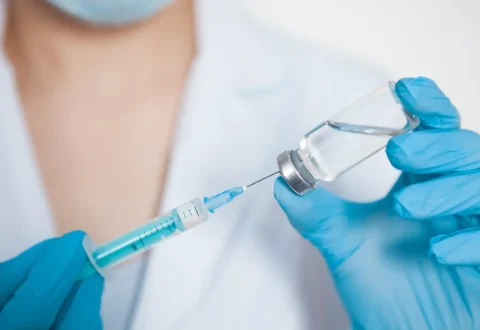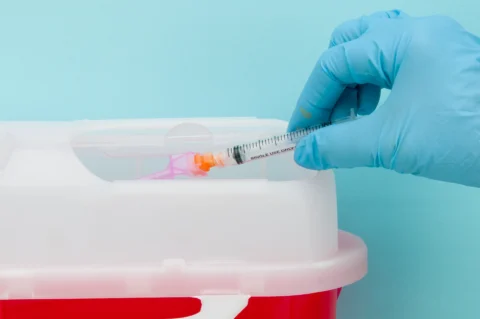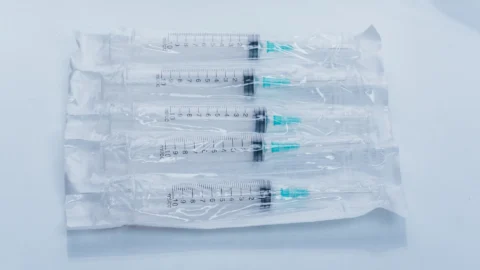Needle Maintenance 101: Ensuring Precision and Safety with Sharper Hypodermic Needles
It’s essential to keep these hypodermic needles sharp as they’re used in various settings like hospitals, clinics, and labs for administering medications or drawing blood samples. When you’re dealing with something as delicate as piercing through skin and veins, precision is crucial.
That’s why it’s important to know how to sharpen hypodermic needles properly – not only does it enhance the efficiency of your work, but it also ensures patient comfort during procedures. In this article, we’ll be discussing some effective techniques on how to sharpen those hypodermic needles without compromising their sterility or integrity.
Assessing The Condition Of Your Needles
Hypodermic needles have varying lifespans depending on factors such as material quality, usage frequency, and sterilization methods.
To ensure optimal performance and patient safety, regular inspection of your needles will help determine their condition and need for replacement or sharpening.
Considerations regarding needle lifespan should include thorough visual examination for signs of wear, bent tips or barbs, and other deformities.
Inspection frequency should be increased when dealing with high-volume use cases or environments prone to contamination risks.
Establishing a suitable maintenance schedule based on these criteria will result in an efficient workflow while maintaining exceptional levels of care for patients.
Selecting The Right Sharpening Tools
Choosing the right sharpening stone is essential for sharpening hypodermic needles. It’s important to pick one that’s designed for the task and is made of durable materials.
For extra precision, I’d recommend using a sharpening jig – it’ll help you to get the perfect angle and keep your needle as sharp as possible. Plus, it’ll save you some time too!
Choosing The Right Sharpening Stone
Ah, the age-old dilemma: which sharpening stone should you choose for your hypodermic needles? It’s crucial to select an appropriate tool that’ll bring out the best performance in your medical sharps. Considering the material and grit of the stone is paramount.
The first thing we need to consider is sharpening frequency. If you’re someone who sharpens their hypodermic needles frequently, opting for a harder sharpening stone like diamond or ceramic would be ideal as they are more durable and wear-resistant.
On the other hand, if you only need occasional touch-ups, natural or synthetic oil stones will suffice. Keep in mind that there are also viable stone alternatives such as sandpaper on glass or lapping films, perfect for those seeking cost-effective solutions without sacrificing precision.
Using A Sharpening Jig
Now that we’ve covered the importance of selecting the right sharpening stone for your hypodermic needles, let’s dive into another crucial aspect – using a sharpening jig.
As you know, maintaining consistent sharpening angles is essential to achieving optimal sharpness and prolonging the lifespan of your medical sharps. That’s where a quality sharpening jig comes in handy!
A good sharpening jig ensures precision by holding the needle at the desired angle during the entire process. To get even better results, consider customizing your jig to accommodate various needle sizes and configurations.
This way, you’re not just limited to one specific type but can cater to all sorts of medical applications with ease. So, don’t underestimate the value of investing in a reliable and versatile sharpening jig – it’ll make your job much simpler!
Proper Technique For Honing The Tips
Visualize the needle’s precision and sharpness as it directly affects its effectiveness in puncturing skin, administering medication, or drawing blood samples. The process of honing a hypodermic needle requires meticulous attention to detail and adherence to proper technique.
To achieve optimal needle precision, first ensure that you have a clean, stable work surface with ample lighting.
Begin by securing the needle firmly onto an appropriate holding device. Using a high-quality sharpening stone lubricated with water or oil, gently stroke the bevel of the needle against the stone at an angle consistent with the original bevel design (typically around 15°).
Maintain even pressure throughout each pass while carefully following the curvature of your chosen tool – this will prevent any unwanted alterations to the existing profile. It is important to note that sharpening frequency should depend on how often you use the needles; too much honing may cause damage over time.
Bear in mind that maintaining consistency during this procedure is essential for avoiding unnecessary complications or discomfort when utilizing these instruments within medical settings.
Properly maintained hypodermic needles provide greater efficiency in their intended applications while minimizing potential harm caused by dull or improperly sharpened equipment. Ultimately, adhering to correct methods for honing hypodermic needles contributes significantly towards ensuring patient safety and overall success in various healthcare procedures.
THE PERFECT NEEDLES FOR YOUR PATIENTS. CODE “20OFF” FOR 20% OFF YOUR FIRST ORDER!
FACE Med Store supplies countless doctors and clinics with all their supplies, including top-of-the-line hypodermic needles. Get your hypodermic needles at 20% off today!
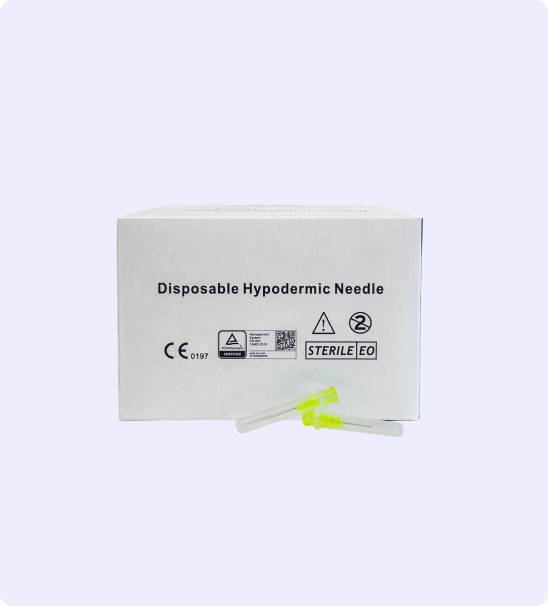
Maintaining Sterility And Needle Safety
With the honing process completed, it is of utmost importance to ensure that sterility and safety are maintained throughout the needle’s usage. This will not only prevent contamination but also safeguard both healthcare professionals and patients from potential harm.
In order to maintain a sterile environment and proper needle safety, one must adhere to the following guidelines:
- Regular sterilization: After sharpening your hypodermic needles, be sure to re-sterilize them using appropriate sterilization methods such as autoclaving or immersion in high-level disinfectants. This eliminates any pathogens that may have been introduced during the honing process.
- Proper storage: Keep all needles in their protective caps or packaging until they are ready for use. Store them in a clean, dry area away from sources of contamination.
- Safe disposal practices: When disposing of used hypodermic needles, follow local regulations on biohazard waste management and utilize designated sharps containers for needle disposal. This helps reduce the risk of accidental injuries and exposure to bloodborne pathogens.
By adhering strictly to these three key points, you will preserve the integrity of your carefully-honed hypodermic needles while ensuring optimal patient care at all times. Remember that maintaining sterility and practicing safe handling techniques should always take precedence when working with medical sharps, especially after having gone through the effort of enhancing their performance through proper honing procedures.
Conclusion
It’s crucial for us to assess the condition of our needles and utilize appropriate sharpening tools. Remember that mastering proper honing techniques will ensure optimal needle performance in medical procedures.
By following these steps, we can provide the best possible care while minimizing risks associated with using sharp instruments.
Discover the power of Hydra Needles at Face Med Store
Experience a rejuvenating skincare treatment that delivers exceptional results.
